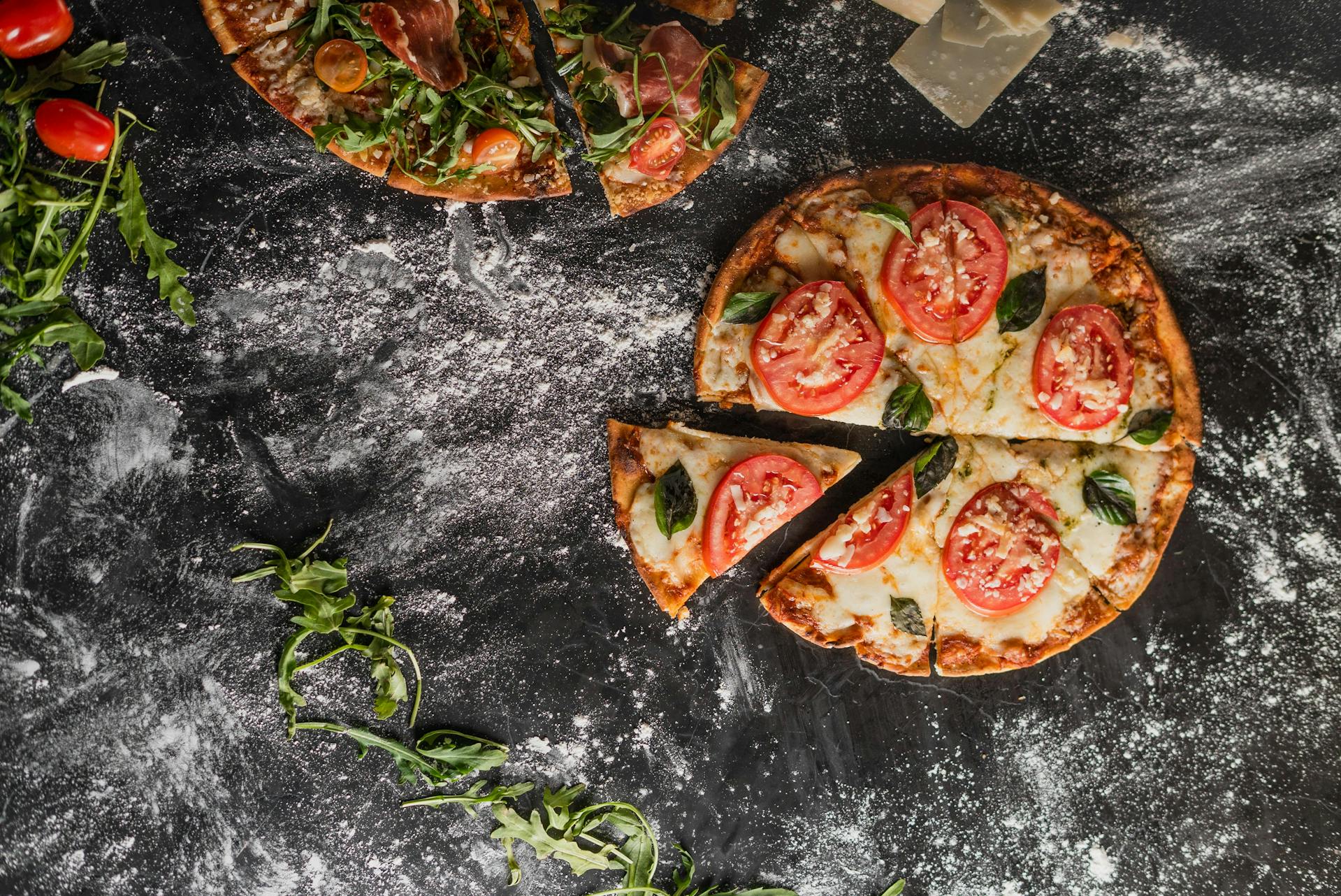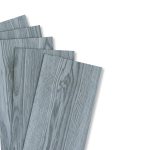Pizza is a universally adored dish, offering a delightful blend of textures and flavours that cater to a myriad of palates. It’s the perfect combination of soft yet crusty dough, tangy tomato sauce, and creamy, melted cheese. But there’s a certain charm in a homemade pizza; the feeling of accomplishment and the freedom to customize your toppings are unmatched. Harnessing the secrets to perfect homemade pizza not only guarantees a delicious dinner but also provides an enjoyable, hands-on cooking experience.
The importance of high-quality dough
The pizza’s foundation, its crust, starts with the dough. The dough makes or breaks the texture and taste of the pizza. A well-made dough will yield a crust with the perfect balance of softness and crunchiness.
A lire également : The ultimate guide to crafting homemade pies
The ingredients are simple: flour, water, yeast, and a pinch of salt. However, the quality of these components and the way they’re combined makes a significant difference. Opt for high-protein flour such as bread flour. This type of flour provides enough gluten to create a crust that’s chewy and crisp.
Next, we come to one of the most vital ingredients – yeast. Yeast not only helps the dough rise but also contributes to the flavour of the crust. Use fresh yeast if you can find it, but if not, active dry yeast or instant yeast will do the trick.
A voir aussi : How to create stunning edible flower dishes?
Remember, the dough is not something you want to rush. Allow adequate time for the dough to rise. A slow rise in a cold environment, like your refrigerator, can result in a more complex, tasty crust.
How to create the perfect sauce
The sauce is the heart of the pizza, tying together the dough and the toppings. It adds moisture, tanginess, and an extra layer of flavour to the pizza. A homemade sauce is always better than a store-bought one, giving you control over its sweetness, acidity, and consistency.
The basis of most pizza sauces is tomatoes. Fresh, ripe tomatoes are ideal, but canned tomatoes will also work, especially during off-seasons. Try to get your hands on plum tomatoes, as they are less watery and sweeter than other varieties.
Start by simmering your tomatoes with garlic and olive oil. Then, add in your favourite herbs such as basil, oregano, or a hint of chili flakes for some heat. Cook the sauce down until it reaches your desired consistency. Remember, your sauce shouldn’t be too watery, or it will make your dough soggy.
Choosing the right cheese
Cheese pulls everything together, adding creaminess and a glorious, gooey texture that we all love in a pizza. The type of cheese you choose will impact the overall flavour profile of your pizza.
The most common cheese for pizza is mozzarella, specifically, low-moisture mozzarella. It melts beautifully, creating that classic stretchy, stringy texture. However, feel free to experiment with other types of cheese like sharp cheddar, creamy gorgonzola, or tangy goat cheese.
Finding the perfect balance of toppings
Once you have your dough, sauce, and cheese, it’s time to consider your toppings. Here’s where you can get creative. From proteins like pepperoni or chicken to veggies like bell peppers or mushrooms, the options are endless.
It’s tempting to pile on the toppings, but remember, less is more. Overloading your pizza can result in a soggy mess. Stick to a few key ingredients, and make sure they are evenly spread out.
The magic of the right oven and baking stone
The final step in your pizza-making process is baking. The key to a perfectly baked pizza is high heat. Traditional pizza ovens can reach temperatures up to 800°F (425°C), which is much hotter than most home ovens can get.
That’s where a pizza stone comes in handy. A baking stone absorbs and retains heat, which helps mimic the conditions of a brick oven. Preheat your stone in the oven for at least 30 minutes before baking.
Remember, the baking time will vary depending on the thickness of your dough and the toppings you’ve chosen. However, a general rule of thumb is to bake until the crust is golden and the cheese is bubbling.
There you have it, the secrets to perfect homemade pizza. Remember, practice makes perfect. So, don your apron, roll out your dough, and embark on your pizza-making journey. Happy baking!
Perfecting the Pizza Baking Process
Baking your pizza is the final litmus test to determine if your homemade pizza has reached perfection. After preparing your high-quality dough, perfect sauce, and choosing the right cheese and toppings, the baking process seals in all these flavors and brings out the best in your homemade pizza.
Before placing your pizza in the oven, it is essential to preheat the oven at the highest temperature possible (most home ovens can reach around 500°F or 260°C), preferably with your pizza stone already inside. A pizza stone is an excellent investment for pizza enthusiasts, as it is designed to evenly distribute heat and absorb excess moisture, giving you that desirable crispy crust. If you don’t have a pizza stone, a sturdy baking sheet or a cast-iron skillet can be a good alternative.
Your pizza should be assembled on a surface that will allow for an easy transfer into the oven, such as a pizza peel dusted with flour or cornmeal to prevent sticking. If a pizza peel isn’t available, the back of a baking sheet dusted with cornmeal or a sheet of parchment paper will do the trick.
Finally, the baking time for your pizza depends on the thickness of your dough recipe, the amount and type of toppings, and the heat of your oven. As a general rule, it will likely take 10-12 minutes for your perfect pizza to cook, but make sure to keep an eye on it. The pizza is done when the crust is crispy and lightly charred on the edges, and the cheese is melted and bubbly.
Conclusion: Mastering the Art of Homemade Pizza
Making your own pizza at home can be an incredibly rewarding experience. From the creation of the perfect dough to the selection of your favorite toppings, the process allows for a level of customization that commercial pizzas simply can’t match.
It is important to remember that the secret to a perfect homemade pizza lies in the balance of all its components – the crust, the sauce, the cheese, and the toppings. The quality of your dough and sauce, the type of cheese you use, the balance of your toppings, and the way you bake your pizza all contribute to the final outcome.
Subtle changes in any of these steps can significantly alter your pizza’s flavor and texture. Therefore, don’t be afraid to experiment with different dough recipes, sauce variations, cheese types, or topping combinations. Each pizza is a new opportunity to perfect your craft and create a pizza that suits your unique palate.
In this journey to create the best pizza, remember that patience and practice are your best friends. Patience to allow your dough to rise, your sauce to simmer, and your pizza to bake; practice to perfect your dough handling, topping balance, and baking time.
Equipped with these secrets and skills, you are now ready to make your perfect homemade pizza. So, roll up your sleeves, gather your ingredients, and let your pizza-making adventure begin. Happy baking!






